Centralized Catalog, Faster Publishing: 40ParkLane’s Marketplace Success with CedCommerce
Reading Time: 4 minutesAbout the Brand: 40ParkLane LLC Studio40ParkLane is a design-led print-on-demand brand created…
In this fast-moving generation, the world of technology has really improved our lives a lot. With the help of the internet, everything is available at your fingertips. You do not have to even step out of your house and the desired products are available in front of you. It is just a few clicks away from you. This is being possible only because of the new technologies such as E-Commerce and M-Commerce.
The conversion from the physical store shopping to online shopping might have taken hundreds of years, but the changeover, although partial, from web world (E-commerce) to mobile world (M-commerce) has simply taken place within a decade or two.
M-commerce means operating business transactions on the Internet using mobile devices, while E-commerce means operating business transactions on the Internet using computers or laptops.
M-commerce solution or mobile commerce solution is a growing method of a mercantile system in the recent years. It allows a transaction with just a few tap on your smartphone’s screen and thus opens a new way for people to exchange goods and services.
You can access the shop on mobile devices, which mean anytime and anywhere as long as the Wifi/3G/4G signal is on.
From a survey research, it has been noticed that the number of smartphone users has been increased in the past few years. The crowd is moving more towards the mobile world rather than the web world.
Although web world and mobile world, both the technologies are based on the same fundamental principles, and aim at making consumer lives easier, there are a few key differences between them.
A mobile app can help your business to grow in multiple directions – would you like to give it a try? Let’s make your dream app with MageNative!
To get the clarity between E-Commerce and M-Commerce, refer to the following table:
Web World (E-commerce) |
Mobile World (M-commerce) |
| Access of internet is necessary for e-commerce. | M-commerce connectivity is launched as a wireless connectivity using mobile devices. |
| Buying and selling products and services with the use of the internet. | Buying and selling products and services with the use of mobile phones that have access to internet or cellular data. |
| Requires devices such as computers, laptops, and so on. | Requires devices such as cell phones, iPads, tablets, and so on. |
| The platform used: Web Stores | Platform used: Web stores (mobile version/web app), a hybrid app, native app |
| Mobility is limited as you cannot carry computers everywhere. Even if you use laptops, you have to find enough space to access it. Though it is portable, it is not as light as mobile phones. | Since mobile devices are easy to carry it offers more mobility, accessibility, and convenience. |
| Less costly as created on the web store platform and there is a usage of internet. | More costly as a mobile apps is required and there is a usage of cellular data or internet. |
| Since it is applicable to the broader area, customization for each user is not possible. | Mobile devices are usually owned by an individual, so anyone can use the customized app to fulfill their business needs or personal. |
| More complicated user interface and more functions available. | Simple usage because all the functions are simplified. |
Established in 2015, MageNative has been heavily involved with customized m-Commerce developments. The company offers a slew of solutions and has a vast, global client base. The company has a full-fledged research division, which constantly strives to create state-of-the-art solutions for eCommerce store owners, looking to expand into mobile commerce.
Magenative also deals with Magento mobile app, Magento 2 mobile app, Shopify Mobile app and WooCommerce mobile app which allows the store owners to create and deploy native mobile applications for Android and iOS smartphones. The company is also working on mobile solutions for more eCommerce platforms namely Opencart, Prestashop, etc.

Reading Time: 4 minutesAbout the Brand: 40ParkLane LLC Studio40ParkLane is a design-led print-on-demand brand created…

Reading Time: 3 minutesAbout the Company Brand Name: David Protein Industry: Health & Nutrition (Protein…

Reading Time: 3 minutesOnline retail spending in Germany is entering a renewed growth phase after…

Reading Time: 4 minutesTikTok Shop has released a comprehensive Beauty and Personal Care Products Policy,…

Reading Time: 4 minutesTikTok Shop has formally outlined comprehensive requirements for expiration date labeling and…

Reading Time: 3 minutesTikTok Shop is raising its sales commission for merchants across five active…

Reading Time: 11 minutesBy now you have seen your BFCM 2025 numbers. The harder question…

Reading Time: 3 minutesAbout the Brand Name: Vanity Slabs Inc Industry: Trading Slabs- Vanity Slabs…

Reading Time: 2 minutesAbout the Brand Name: Ramjet.com Industry: Automotive Parts & Accessories Location: United…
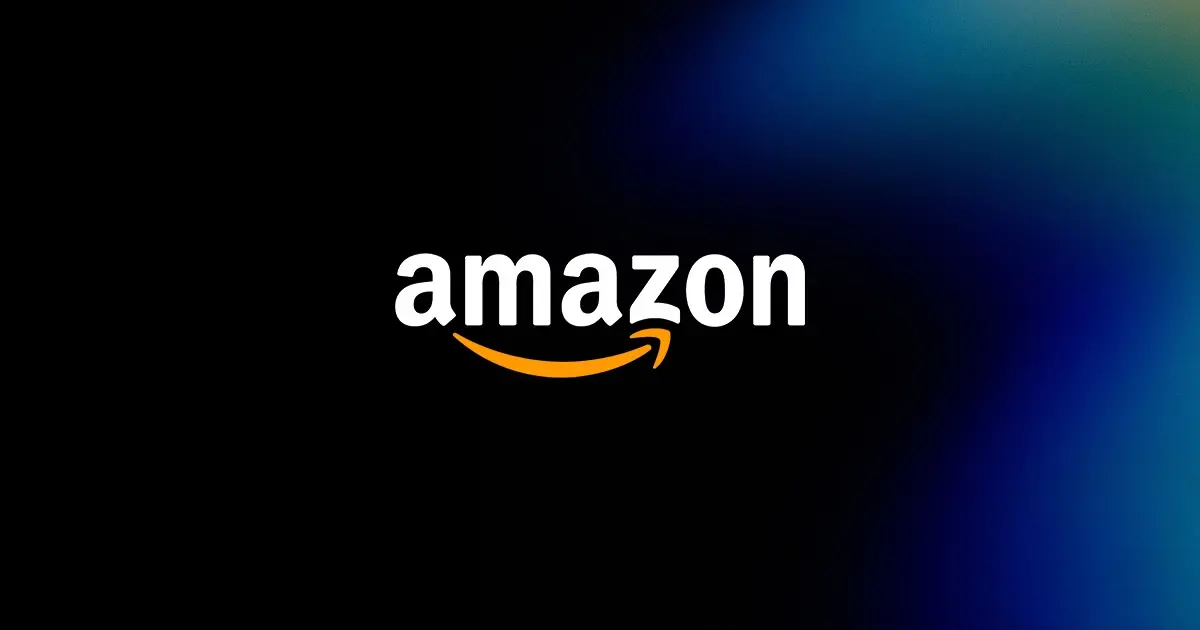
Reading Time: 2 minutesAmazon is rolling out strategic referral fee reductions across five major European…
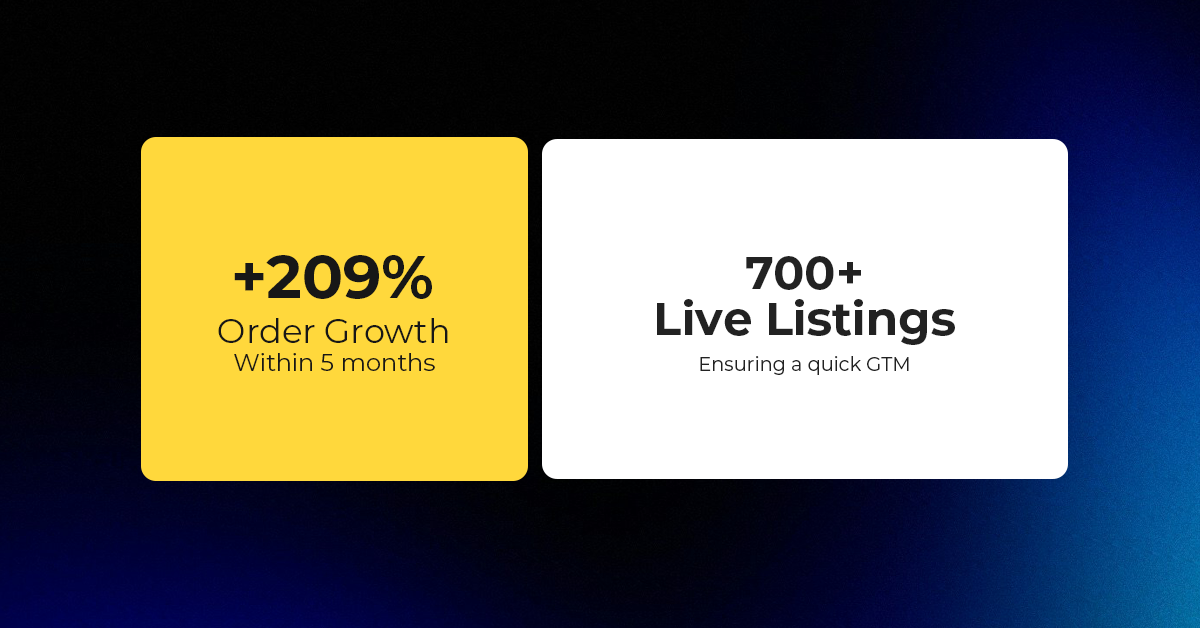
Reading Time: 4 minutesQuick Summary: Scaling Lifestyle Powersports on eBay with CedCommerce Challenge: Zero marketplace…

Reading Time: 4 minutesTikTok has surpassed 460 million users across Southeast Asia, reinforcing its position…
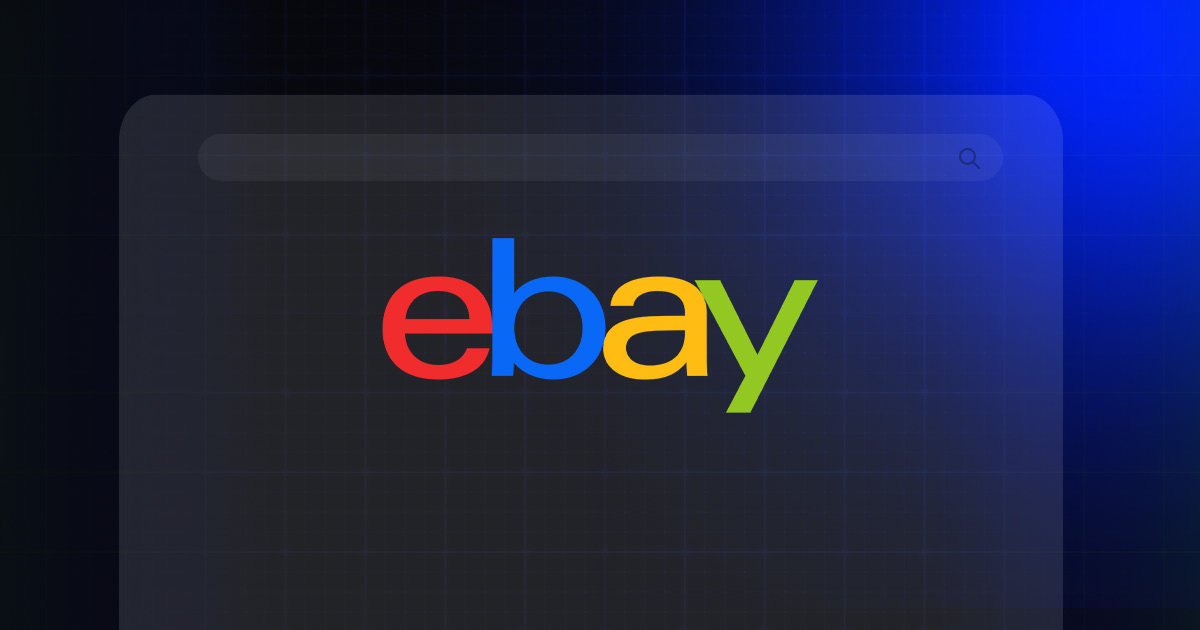
Reading Time: 3 minuteseBay has released its final seller news update for 2025, with a…

Reading Time: 3 minutesAmazon has clarified its stance regarding speculation around a potential breakup between…
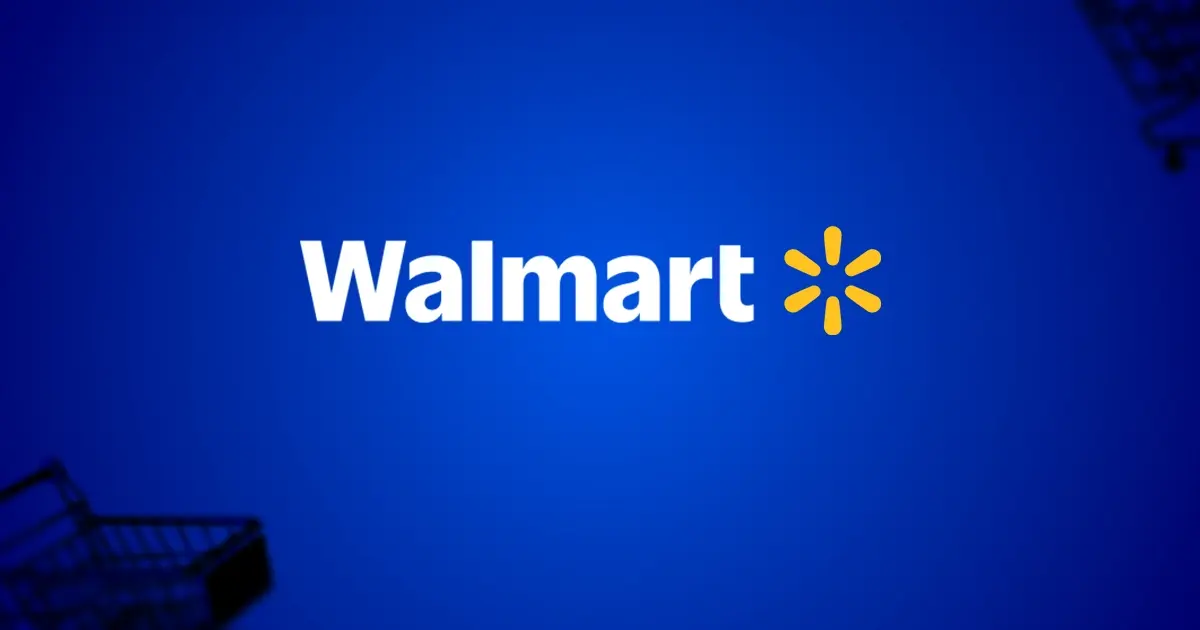
Reading Time: 4 minutesWalmart is accelerating its push into next-generation fulfillment by expanding its drone…

Reading Time: 4 minutesFaire, the fast-growing wholesale marketplace connecting independent retailers with emerging brands, has…

Reading Time: 4 minutesB2B buying in the United States is undergoing a fundamental behavioral shift…
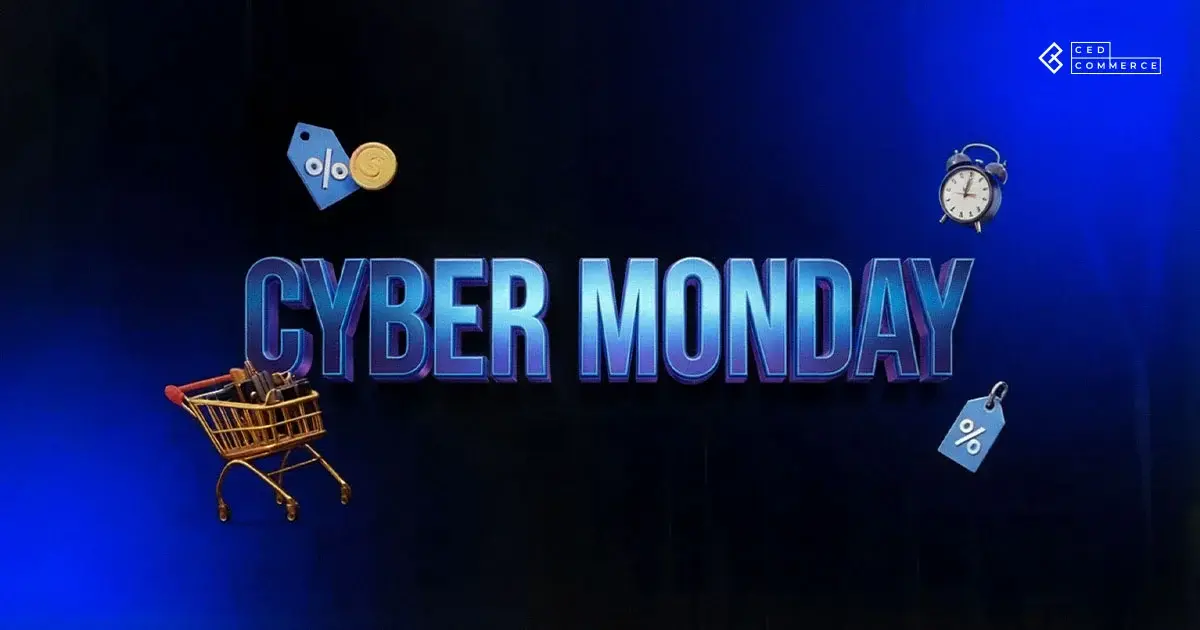
Reading Time: 3 minutesSummary Cyber Monday 2025 has officially become the largest online shopping day…

Reading Time: 2 minutesSummary Amazon kicked off December with two major developments shaping the future…
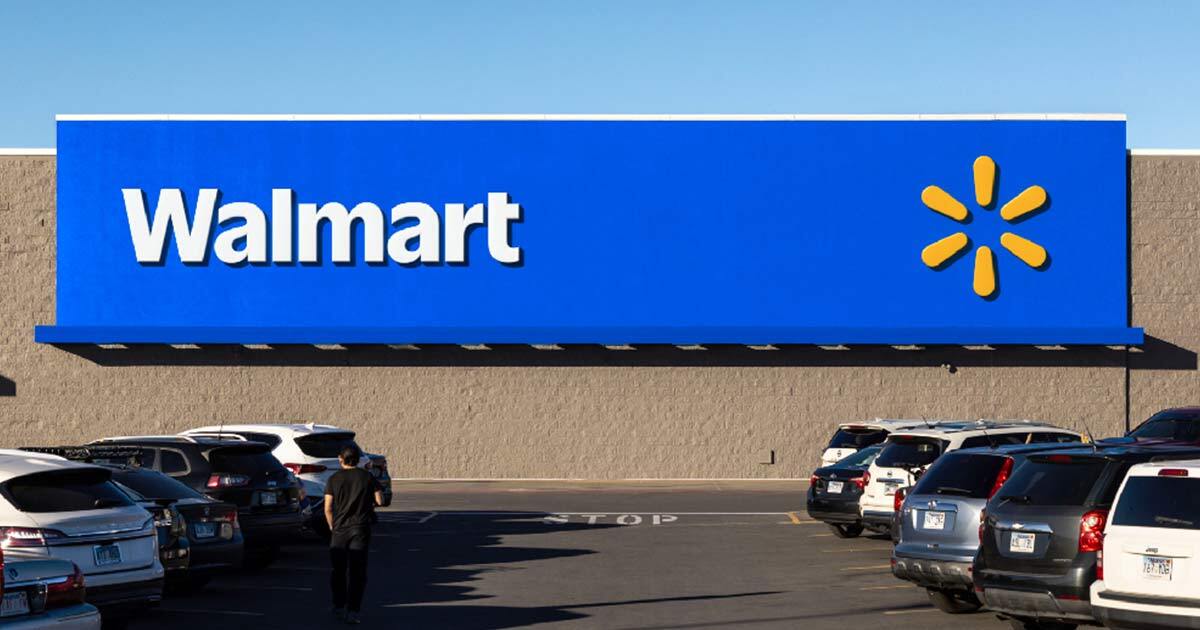
Reading Time: 2 minutesSummary Walmart has entered December with two major moves that signal a…